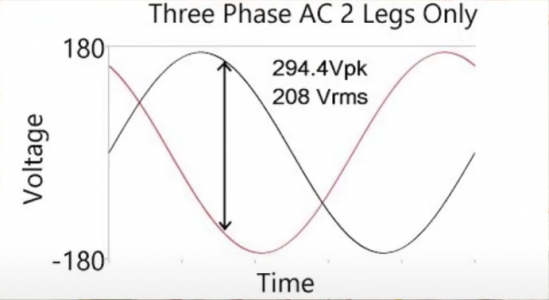- Joined
- Jul 3, 2021
- Messages
- 13
I have a new to me series 1. The motor us presently wired for 208v 3ph. I will be using a VFD to get my 3phase. I’ve not been able to find anything about changes to the motor to be able to use 220 instead of the current 208 it is set for. Any suggestions


